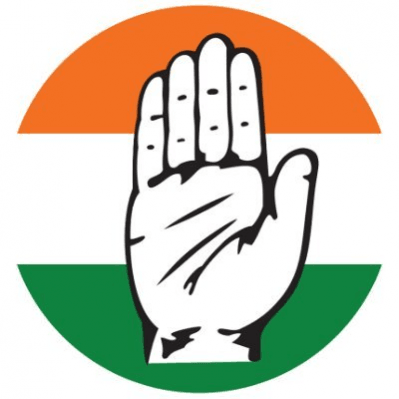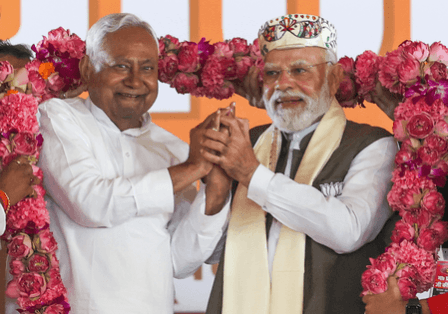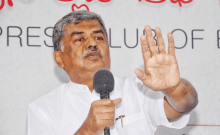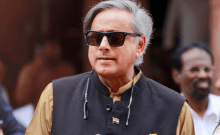
Bihar, one of the most populous and politically vibrant states, has voted emphatically and with ample clarity on who would take the reins of state, rejecting any possibility of hung assembly as was anticipated by a handful of political watchers, owing to 20 years of anti-incumbency against the Nitish government.
The 2025 mandate, in fact, is probably the most emphatic and biggest mandate for Nitish Kumar-led NDA government.
This also marks one of the most crushing defeats for the Rashtriya Janata Dal (RJD) and Congress-led alliance, as per the result trends till noon.
One of the major highlights of 2025 elections is also the best-ever numbers for BJP-JD(U) coalition, with each party maintaining a strike rate of more than 80-90 per cent, as per the trends.
However, the surge in their support and public mandate didn't happen overnight, rather it's a story of steady rise and consolidation in the Hindi heartland since Independence.
Data crunching since Independence shows that the grand old party, which secured 239 seats in 1952 election has been reduced to single digits in this election, showing the sharp drop in fortunes under the 'incompetent and shaky' leadership.
In 1952 elections, Congress secured 41.38 per cent vote share but today, it has fallen below 10 per cent.

In 2020 elections, it secured a mere nine per cent votes.
The slump in Congress vote base started in 1980s but the drastic downfall came with the advent of Lalu Yadav era in Bihar.
In 1990 elections, the Congress suffered a crushing blow at the hands of Janata Dal (JD), helmed by Lalu Yadav and was for the first time pushed to the second spot.
The JD garnered 25.61 per cent vote share while Congress could settle at 24.78 per cent.
The second drastic drop came with the rise of Nitish Kumar-led JD(U).
In 2000, its vote share was reduced to mere 11 per cent and 23 seats while in subsequent Assembly election in 2005, when Nitish Kumar became the Chief Minister, the grand old party registered its ebb, amassing just five per cent vote share and 10 seats.
The next election in 2010 was even worse as it could gather just four seats (eight per cent vote share).
The grand old party, which stood tall and remained invincible in the Hindi heartland started waning after the rise of regional satraps like RJD and JD(U) and today, it stands at a crossroad, finding its revival extremely difficult and cumbersome.
On the other hand, the BJP having started its electoral journey in Bihar with eight per cent vote share and 21 seats in 1980, has consistently seen its fortunes rising over the years and today, the state remains one of party's strongholds.
BJP's vote share saw a steady rise from 1980 till 2010 and saw an exponential rise after 2014, when Prime Minister Narendra Modi took the centerstage.
The party's vote share recorded a jump of eight per cent and has remained consistently on the higher side since then.
In the 2025 elections, Bihar has recorded highest voting percentage of 67.13 percentage, with an upward swing of 9 percentage in women voters over male counterparts.
As both Nitish Kumar and PM Modi have nurtured a women-dedicated 'constituency' with their female-friendly policies over the years, this spike in women voters is by default understood to be going in their kitty.
This election, therefore, marks a watershed moment for the state because of the biggest voting since Independence and also resounding mandate for the incumbent government, despite 20 years of being in power.
The only other time, when the state saw a distinct and different voting pattern was in 1977 when 'Jan Nayak' Karpoori Thakur-led JP bulldozed through the electoral contest with a thumping mandate of 42.68 per cent votes, trouncing the Congress by a huge margin and reducing the latter to just 57 seats.
(With inputs from IANS)

















